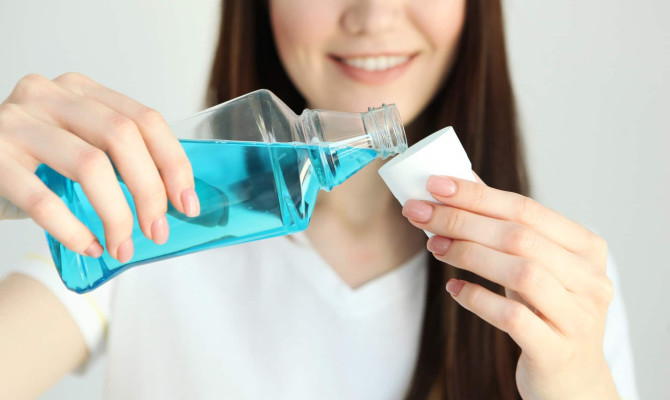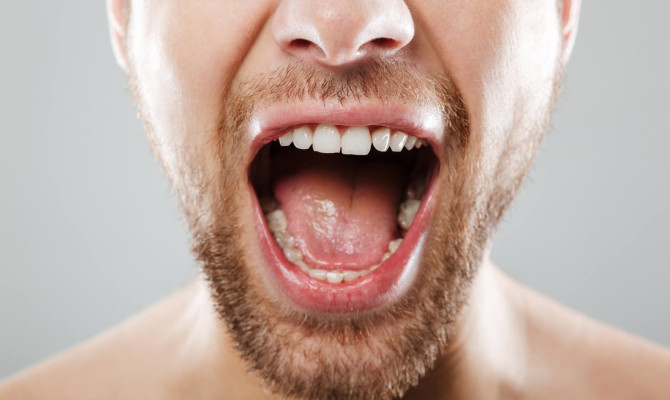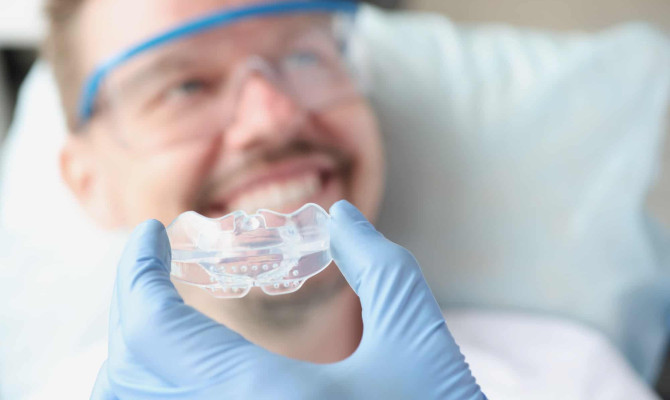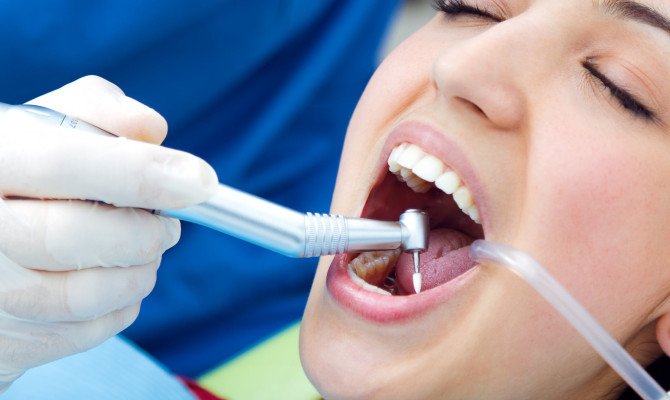All about the dental bridges

- Bridges
- 22 Aug 2023
Overview
What is dental bridge?
A standard dental treatment option for restoring one or more lost teeth is a dental bridge. A bridge is made up of one or more fake teeth connected to the teeth next to them or to dental implants to “bridge” the space left by the missing tooth or teeth.
This article will give a general overview of dental bridges, including how they are prepared and placed, how to take care of them, and any potential advantages and hazards.1Overview| Researched based study from Nlm.nih.gov

Types
Types of dental bridges
Traditional bridges
- This form is the most prevalent and consists of one or more pontics (artificial teeth) fixed in place on each side of the gap by dental crowns.
- For the crowns that will serve as the anchors for the bridge, the teeth close to the gap are prepped.
The cantilever bridge
- When one side of the gap has teeth, this is used. It entails attaching a pontic to a dental crown on an adjacent natural tooth and positioning it on one side of the gap.1Types| Researched based study from Nlm.nih.gov
Bonded bridges in Maryland
- The pontic of this kind of bridge is joined to a metal or porcelain framework that is affixed to the backs of the teeth it spans with cement. Due to the lack of crowns, it is less intrusive than conventional bridges, although it could not be as durable or sturdy.1Types| Researched based study from Nlm.nih.gov
Requirement
Why is a dental bridge required?
It could be advised for a number of reasons, such as:
Missing teeth
- One or more missing teeth can damage your ability to eat and talk correctly and cause your remaining teeth to shift out of position over time. One or more missing teeth can commonly be replaced with a bridge.2Requirement| Researched based study from Scribd.com
Aesthetic
- Missing teeth can leave gaps that impact your smile’s look and social confidence.
Bite issues
- Additionally, affecting your bite, missing teeth might hurt your jaw.2Requirement| Researched based study from Scribd.com
Gum disease
- Severe gum disease may result in tooth loss, and replacing a lost tooth may be advised using a bridge.
Trauma
- Help restore teeth knocked out or damaged by accident or injury.2Requirement| Researched based study from Scribd.com
Benefits
What are the benefits of getting a dental bridge?
Better aesthetics
- Bridging the spaces left by missing teeth can make your smile look better. Bridges offer a natural-looking solution that fits in with your smile since they are made to match the color and form of your natural teeth.
Restored function
- It makes it easier for you to correctly chew and talk while helping restore your teeth’ function.2Benefits| Researched based study from Scribd.com This will make it simpler for you to eat and speak confidently, enhancing your quality of life.
Prevents teeth from shifting
- When a tooth is missing, the teeth close to it may shift or migrate, creating bite issues and perhaps damaging the adjacent teeth. By bridging the gap and offering support, bridges can prevent this.2Benefits| Researched based study from Scribd.com
Maintains the facial structure.
- Over time, missing teeth can modify how your face is built and impact your appearance. Bridges can assist in keeping the structure up.
Easy to maintain
- With routine brushing, flossing, and dental visits, they are simple to maintain. Your bridge will last many years and provide a permanent replacement for missing teeth if you take good care of it.2Benefits| Researched based study from Scribd.com
Procedure
What is the procedure involved?
Consultation phase
- Your dentist will check your gums and dental health to decide if you are a suitable candidate for a bridge.
Examination of the teeth
- To look closer at your teeth and jawbone anatomy, you should have a few X-rays or other imaging tests done. This will help your dentist decide what steps to take for your particular requirements.
Tooth preparation
- The teeth closest to the gap where the bridge will be placed must first be prepared. To make place for the dental crowns that will support the bridge, these teeth will need to be changed.
Molds and impressions
- Your dentist will take imprints or molds of your teeth once the teeth have been prepped to make a personalized bridge that exactly fits your mouth. This will be delivered to a dental lab so that the bridge may be made there.2Procedure| Researched based study from Scribd.com
Temporary bridge placement
- To preserve your prepared teeth and help you adjust to the sensation of a bridge in your mouth while your permanent bridge is being manufactured, your dentist can place a temporary bridge.
Placing the permanent bridge
- Your dentists will remove and fit the temporary bridge after a dental lab has created your custom-made bridge to ensure it works correctly and is comfortable.
Adjustments
- To ensure that it fits properly, doesn’t interfere with your bite, or causes discomfort, your doctor might need to make some changes. It could only need a little polishing or reshaping.
Cementation
- A unique adhesive will fix the bridge after it has been fitted and adjusted.2Procedure| Researched based study from Scribd.com
Care

How should I take care of dental bridges?
Oral hygiene routine
- Brushing-Brush your teeth twice a day using a gentle brush and fluoride toothpaste. Use a circular motion to scrub the bridge and any other surfaces. Pay close attention to the points where the bridge meets the gums since plaque and food debris can gather there easily.
- Flossing-At least once each day, floss. Carefully avoid pulling too hard or damaging the bridge by sliding a floss needle between the teeth and underneath the bridge.3Care| Researched based study from Nlm.nih.gov
- Mouthwash-Rinse your mouth out completely with an antibacterial mouthwash to aid in removing bacteria and freshening your breath. Make sure you select the one safe for use with bridges and adhere to the label’s directions.
Proper nutrition
- Consume a balanced diet full of nutrients that promote oral health.3Care| Researched based study from Nlm.nih.gov
Avoiding certain foods and habits
- Dental bridges are strong and long-lasting, but it’s vital to take specific safety measures to keep them from getting hurt.
- Do not bite down on hard or crunchy things, such as ice, hard candies, nuts, and popcorn kernels. These may displace your bridge and cause damage.
- Avoid foods like caramel, taffy, and chewing gum that are sticky or chewy.
Tobacco and alcohol
- Avoid using cigarettes and alcohol excessively as they both increase the risk of decay and gum disease, which weaken the support structures.3Care| Researched based study from Nlm.nih.gov
Teeth grinding
- Avoid clenching or grinding your teeth since this can put pressure on them and harm them. Consult your dentist about ways to safeguard your bridge if you have a propensity to grind your teeth, such as using a mouth guard.
Using teeth as tools
- Never use your teeth to open packages, bottles, or other objects.3Care| Researched based study from Nlm.nih.gov
When should I visit the dentist?
- Routine examinations-Every six months, go to the dentist for routine checks and cleanings.Your dentist can check you out, thoroughly clean, and spot any possible problems like cavities or gum disease.
- Discomfort-Contact your dentist immediately if you encounter any issues, including sensitivity, discomfort, or a loose or broken bridge.
- Servicing and repairing-To preserve its durability and efficacy, it could need maintenance or repairs now and again. If it becomes loose or broken, schedule an appointment with your dentist for an examination and repair.3Care| Researched based study from Nlm.nih.gov
Replacement
When should I have my bridge replaced?
Damage
- If it becomes damaged, cracks, or begins to decay, it might need to be replaced. Your dentist could examine it and advise on the best course of action afterward.4Replacement| Researched based study from Nlm.nih.gov
Use and abuse
- It could develop wear and tear over time, such as a bridge that fits loosely or porcelain or composite resin that has chips or fractures in it.
Changes in your mouth
The replacement may also be necessary if there have been changes to your bite, gum recession, or shifting or moving teeth.
Age
- Every 5 to 15 years, depending on the kind and quality, it could need to be changed.
If you have any queries or worries regarding the durability of your bridge or if it has to be replaced, speak to your dentist.4Replacement| Researched based study from Nlm.nih.gov
Complications
Potential risks and complications
Decay
- They are more prone to developing decay and may need more attention to keep their teeth healthy by avoiding cavities and other problems.
Gum disease
- Gum disease brought on by poor dental hygiene might result in the receding of the surrounding gums, which may risk stability.
Sensitivity
- Some people could develop an increased sensitivity to heat and cold once a bridge is placed. 3Complications | Researched based study from Nlm.nih.gov
Adjacent teeth have been affected.
- The risk of deterioration increases when teeth next to the bridge are prepared for implantation.
Failure of a bridge
- Rarely, they may malfunction due to several issues, including corrosion, decay, or poor fit.3Complications | Researched based study from Nlm.nih.gov
Takeaway
Key Takeaways
- Dental bridges are a standard and practical method for re-establishing function and replacing lost teeth.
- It is an excellent way to regain your smile and raise your living standards. Awareness of any concerns is crucial, but with the correct maintenance and care, it can last for many years.
Any feedback on this article?
 This Articles content was accurate
This Articles content was accurate Very Informative Article
Very Informative Article I have a question or a comment
I have a question or a comment
 This article contains inaccurate content
This article contains inaccurate content This article was not helpful
This article was not helpful I have a question or a comment
I have a question or a comment
We appreciate your helpful feedback!
Checkout our social pages
References
-
National Library of Medicine
Considerations on dental bridges’ stability and balance for mandibulary teeth with coronary-root amputation | Overview | Types
-
Scribd Inc
Textbook of Prosthodontics | Benefits | Requirements | Procedure
-
National Library of Medicine
Complications and maintenance requirements for fixed prostheses and overdentures in the edentulous mandible: a 5-year report | Care | Complications
-
National Library of Medicine
Metal‐free materials for fixed prosthodontic restorations | Replacement






































